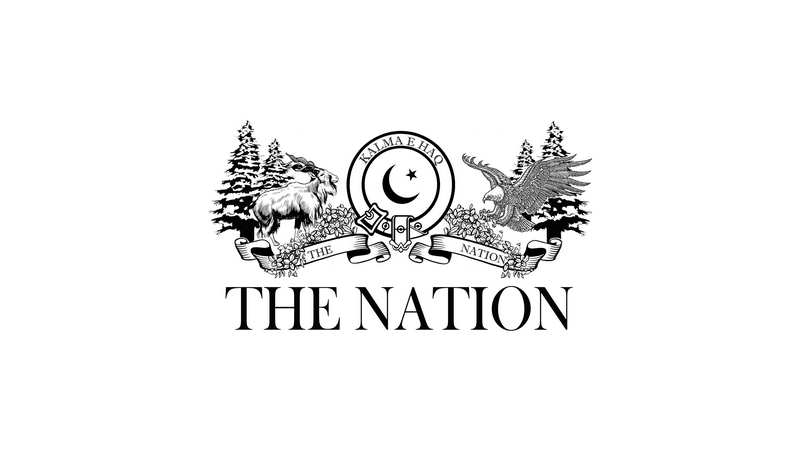The people living in the villages of Balochistan are suffering greatly due to the ongoing shortage of basic utilities. According to estimates by the Pakistan Bureau of Statistics, over 70 per cent of rural communities in Balochistan lack adequate educational facilities. As a result, the majority of children—especially girls—are denied access to even basic education.
Balochistan has one of the lowest literacy rates in Pakistan, standing at just 44.7 per cent. The lack of schools and poor infrastructure in rural areas severely hampers educational progress in the region.

Access to safe drinking water is another serious issue. A survey conducted by the United Nations Development Programme (UNDP) revealed that over 60 per cent of Balochistan’s population does not have access to clean drinking water. In many areas, villagers are forced to rely on contaminated sources such as ponds and wells, increasing the risk of waterborne diseases like dysentery and cholera.
This shortage not only endangers public health but also undermines agricultural productivity, which is vital to local livelihoods. Allama Iqbal Express derails near Kotri, no casualties reported Balochistan’s electricity crisis is equally alarming. According to the Pakistan Electric Power Company (PEPCO), the province has one of the lowest rates of electricity coverage in the country.
Only around 60 per cent of rural areas have access to electricity, leaving a significant portion of the population in darkness. Even in areas where electricity is available, frequent power outages and irregular supply disrupt daily life. The lack of electricity affects businesses, education, and even basic domestic tasks such as cooking and heating.
Moreover, many of Balochistan’s communities are geographically remote, with poor infrastructure and minimal access to healthcare. The province has just 1.1 doctors per 10,000 people, far below the national average.
A critical concern, especially during emergencies, is that residents often have to travel long distances to reach the nearest medical facility. This scarcity of healthcare services contributes to higher mortality rates and the spread of preventable diseases. Two PPP workers die in road mishap In summary, Balochistan’s rural communities face severe challenges, including limited access to education, clean water, electricity, and healthcare.
With over 40 per cent of the rural population lacking power, 60 per cent without safe drinking water, and more than 70 per cent deprived of adequate educational opportunities, the need for urgent action is clear. The government, along with regional and international organisations, must intervene immediately to address these issues and improve the quality of life for the people of Balochistan. ZARNAZ ZAHID, Kech.
Tags: balochistan villages.
Politics

Balochistan Villages

The people living in the villages of Balochistan are suffering greatly due to the ongoing shortage of basic utilities.














